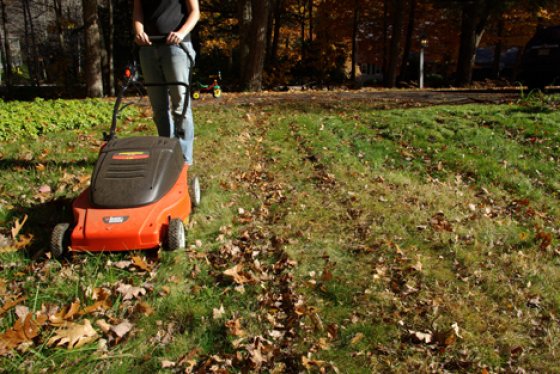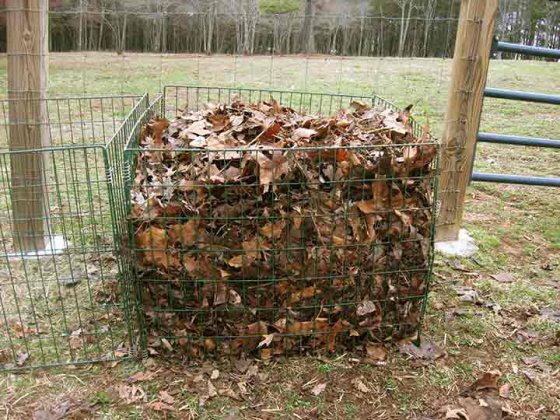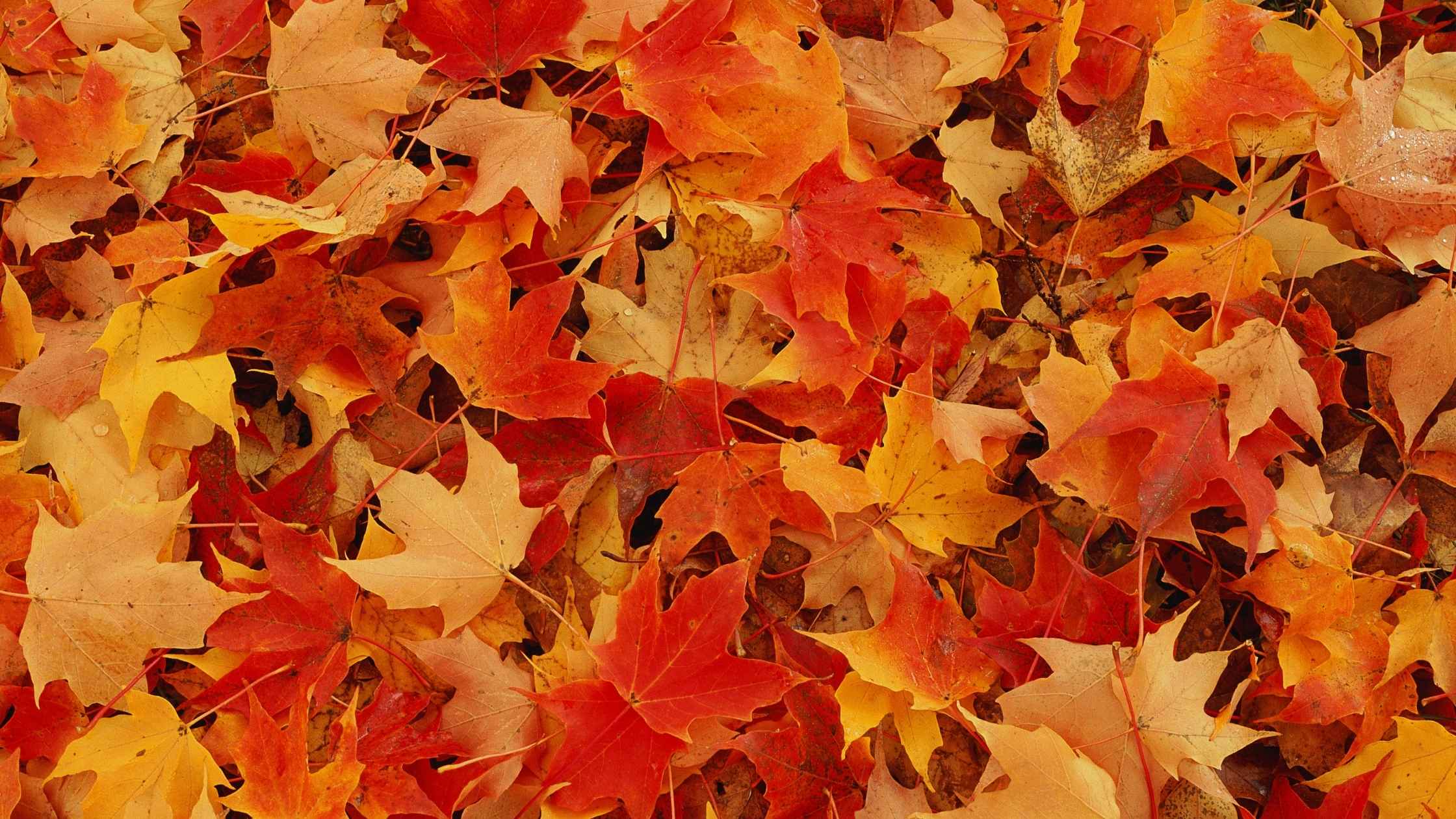If you have a deciduous tree anywhere near your front or back yard, you’ve probably noticed that a handful of leaves have already changed from a vibrant green to a warm red or orange color.
One of the best things about autumn is getting to watch the leaves change; but having to clean up those leaves is significantly less enjoyable, especially if you have a sugar maple or oak tree on your property.
This year, instead of raking, bagging and disposing of those leaves, why not use them in your garden?
Add Leaves to Compost
Autumn leaves, especially those that have been chopped or shredded, enhance the power of compost. Leaves are a great source of high-carbon “brown” material, and they add nutrients to soil as they break down.
Mow Leaves into Your Lawn

That’s right, just mow them in. As long as the leaves aren’t too dense, you can run them over with a lawn mower. They’ll break down over the winter, which will provide your grass with a stronger, nutrient-dense foundation next spring. Make sure the lawn mower is about 3 inches high, and shredded leaves are no more than ¾ inch deep on the grass.
Use Leaves to Protect Outdoor Potted Plants
When the weather turns cold, and those resilient potted plants go dormant, pick a sheltered place on the north, west, or east side of your house and arrange the pots against one of the walls. Pile dried leaves over, under, and between the entire plant group.
Make Leaf Mold

Leaf mold is high in calcium and magnesium, and retains three to five times its weight in water-rivaling peat moss. However, it takes some time to make. Rake the leaves into a big pile and make sure they don’t blow away (you can put chicken wire around the pile to keep it secure). If you shred them, they will decompose faster. After one to three years, fungus will have broken the leaves down into a special compost that smells very earthy. Use the finished product with Less Mess Mulch to keep soil hydrated and healthy, and to minimize weeds.
Save Leaves for Spring
You may never want to see another leaf again by the end of October, but saving a bag or two will yield benefits come spring. Brown materials can be hard to come by in the warmer months, but if you stash away some leaves over the winter, you’ll have an additional source of plant nutrients at your fingertips.
Note: Some leaves will actually do damage to your garden. Walnut, eucalyptus and camphor laurel leaves contain substances that inhibit plant growth.
Hopefully, these Less Mess tips will help you enjoy fall a little more.




